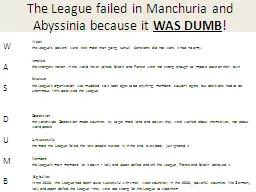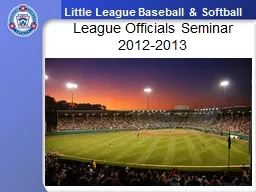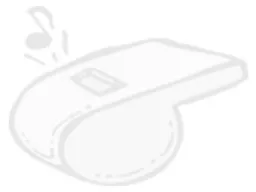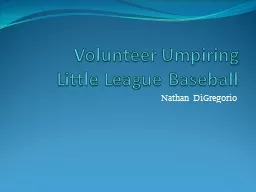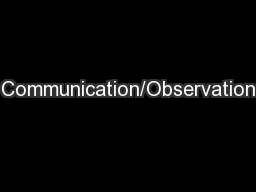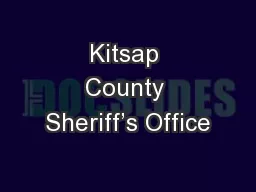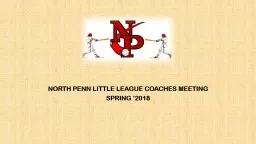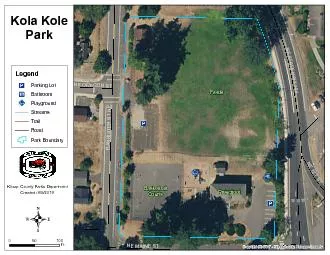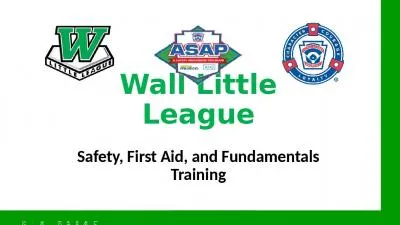PPT-North Kitsap Little League Umpire
Author : giovanna-bartolotta | Published Date : 2016-04-18
Introduction to Umpire Basics 101 Philosophy Its not about you Its not about the parents Its not about the manager or coach Its not even really about baseball
Presentation Embed Code
Download Presentation
Download Presentation The PPT/PDF document "North Kitsap Little League Umpire" is the property of its rightful owner. Permission is granted to download and print the materials on this website for personal, non-commercial use only, and to display it on your personal computer provided you do not modify the materials and that you retain all copyright notices contained in the materials. By downloading content from our website, you accept the terms of this agreement.
North Kitsap Little League Umpire: Transcript
Download Rules Of Document
"North Kitsap Little League Umpire"The content belongs to its owner. You may download and print it for personal use, without modification, and keep all copyright notices. By downloading, you agree to these terms.
Related Documents


